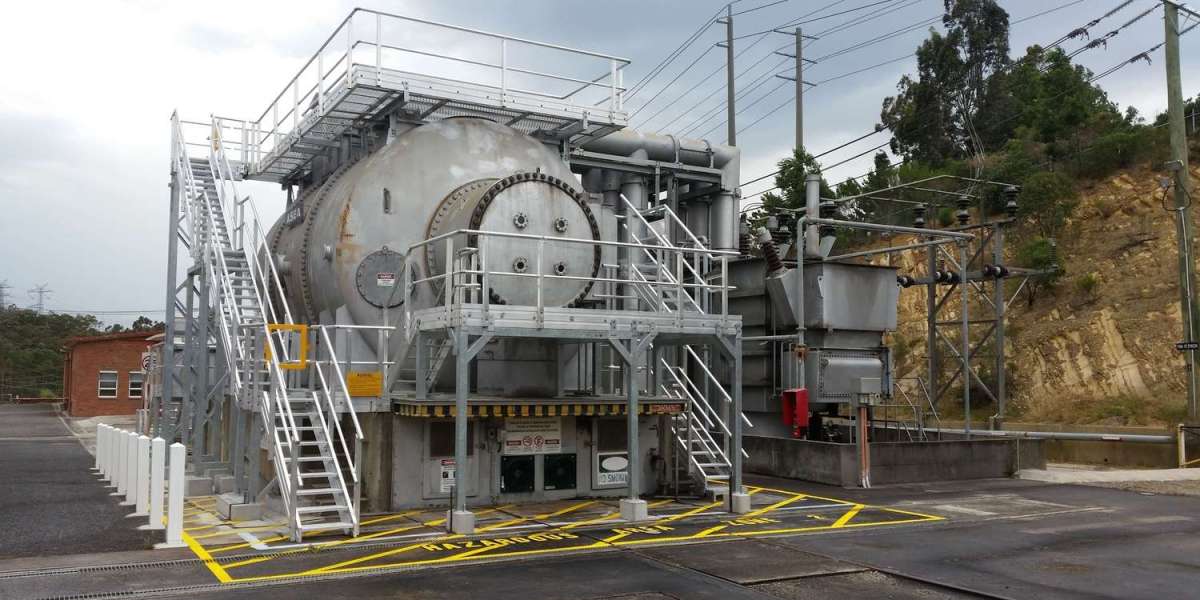The synchronous condensers market is increasingly viewed as a critical component of power grid modernization, offering reactive power compensation, stability, and renewable integration support. However, alongside the many opportunities it brings, the market faces significant hindrances that restrain its widespread application. These barriers arise from both technical and non-technical factors, ranging from high capital costs to regulatory delays. Understanding these hindrances is essential for stakeholders aiming to design effective strategies for market expansion.
A primary hindrance lies in the high upfront cost of synchronous condensers. Installing these machines requires substantial investments in infrastructure, equipment, and skilled workforce. For smaller utilities and developing regions, such financial outlays are often beyond reach. Compared with alternatives such as static VAR compensators (SVCs) or static synchronous compensators (STATCOMs), synchronous condensers present a costlier option, making it harder for operators to justify the investment, especially in markets with constrained budgets.
Maintenance and operational challenges further restrict growth. Synchronous condensers are rotating machines that require regular servicing, cooling systems, and continuous monitoring. In remote regions where technical expertise is scarce, maintaining reliable performance becomes a struggle. This contrasts with modern electronic compensators, which, though less robust under certain conditions, demand less operational oversight.
Another hindrance is the lack of regulatory alignment across markets. In some countries, incentives and frameworks for grid stability solutions remain underdeveloped. Policies often favor renewable energy installation without giving equal importance to supporting infrastructure like synchronous condensers. This policy imbalance can delay investment and discourage manufacturers from entering less supportive regions, leaving utilities without the financial backing to adopt these solutions.
Integration with renewable energy projects also presents its challenges. While synchronous condensers can effectively stabilize grids with high penetration of renewables, aligning project timelines between renewable developers and grid operators can prove complex. Delays in one side of the process often lead to underutilization or postponement of synchronous condenser projects, slowing the pace of adoption.
Supply chain limitations and reliance on specialized manufacturers create additional bottlenecks. The market currently has only a few global suppliers with proven expertise. This concentration of supply raises procurement costs and exposes projects to delays caused by production or logistics issues. Developing local supply networks could help, but this requires long-term commitments from both governments and private investors.
Despite these hindrances, some regions have found ways to address the barriers. For example, in Europe, policy frameworks increasingly acknowledge the role of synchronous condensers in ensuring grid reliability amid renewable expansion. Financial incentives, research partnerships, and regional cooperation have helped ease adoption. Such models could inspire strategies for overcoming hindrances in other markets.
In the coming years, overcoming these operational and financial hindrances will be key to realizing the full potential of synchronous condensers. Stakeholders who can balance cost challenges, streamline regulations, and improve supply chains will be positioned to unlock the next phase of growth. The challenge lies in achieving this balance without losing sight of affordability and sustainability.



